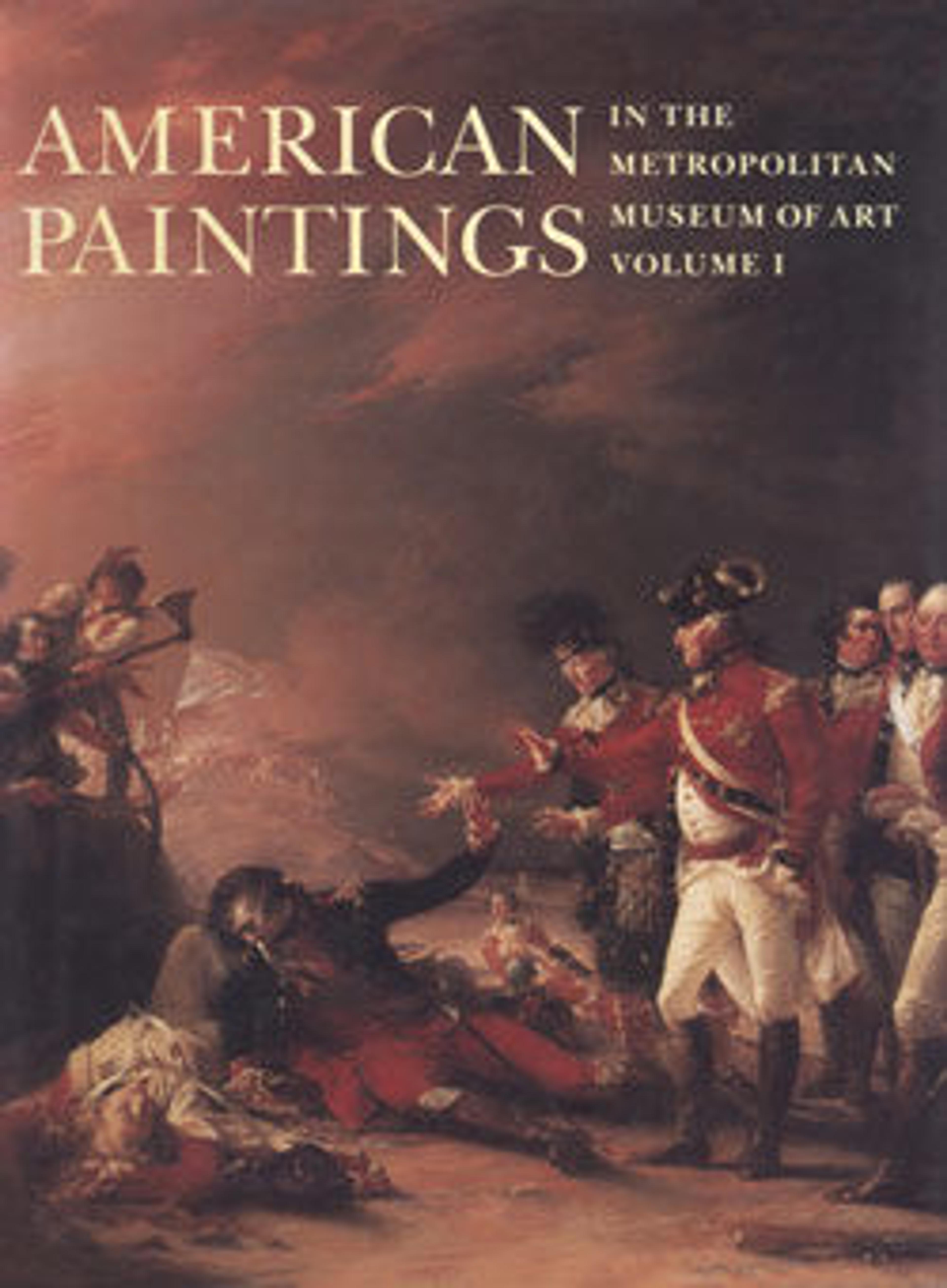Portrait of the Artist
Vanderlyn, a New York native, executed this masterful self-portrait in Paris, where he had lived for four years; he was the first American-born painter to study in France. The work demonstrates the influence of Vanderlyn’s teacher, François-André Vincent, as well as that of the Neoclassical master Jacques-Louis David, who lauded the canvas at the Salon of 1800. The artist presented the portrait to his friend and patron, the American politician Aaron Burr. Vanderlyn’s fascination with France would later result in the spectacular "Panoramic View of the Palace and Gardens of Versailles" (1818–19; 52.184), also on view in the American Wing (gallery 735).
Artwork Details
- Title:Portrait of the Artist
- Artist:John Vanderlyn (American, Kingston, New York 1775–1852 Kingston, New York)
- Date:1800
- Culture:American
- Medium:Oil on canvas
- Dimensions:25 1/4 x 20 7/8 in. (64.1 x 53 cm)
- Credit Line:Bequest of Ann S. Stephens, in memory of her mother, Mrs. Ann S. Stephens, 1918
- Object Number:18.118
- Curatorial Department: The American Wing
Audio
4567. Portrait of the Artist
0:00
0:00
We're sorry, the transcript for this audio track is not available at this time. Please email info@metmuseum.org to request a transcript for this track.
More Artwork
Research Resources
The Met provides unparalleled resources for research and welcomes an international community of students and scholars. The Met's Open Access API is where creators and researchers can connect to the The Met collection. Open Access data and public domain images are available for unrestricted commercial and noncommercial use without permission or fee.
To request images under copyright and other restrictions, please use this Image Request form.
Feedback
We continue to research and examine historical and cultural context for objects in The Met collection. If you have comments or questions about this object record, please contact us using the form below. The Museum looks forward to receiving your comments.
